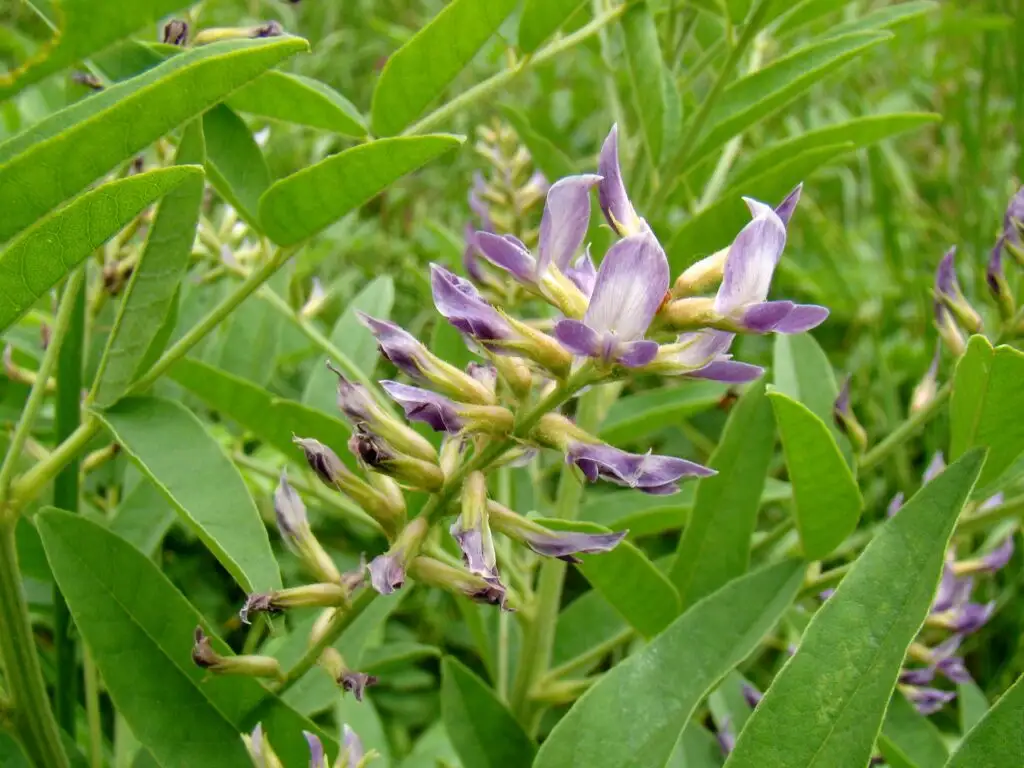Glycyrrhiza glabra
Latin Name: Glycyrrhiza glabra
Herb Class/Action: Spleen Qi Tonic, Adaptogen, Yin Tonic, Hormone Modulator
Parts Used: Root
Flavors: Sweet, slightly bitter
Energetics: gently warming and moistening
Traditional Benefits: Lung support, immune system support, digestive system support, adrenal support, hormone support, liver support, energy support
Not to be confused with the common candy, Licorice Root is an immune-supporting, adaptogenic herb that happens to be naturally sweet on its own.*
Licorice has a long history in traditional medicine across Europe and Asia as a “peace-making herb.” The name comes from its ability to harmonize or complement formulas, making other herbs work better together, and “delivering” a formula where it needs to go.

In Chinese medicine, Licorice is said to support the spleen, stomach, and upright Qi, in addition to the sympatho-adrenal system and the hypothalamic–pituitary–adrenal axis (HPA axis). It’s been used across cultures as a nourishing supporter of the lungs, digestive system, reproductive system, and adrenals.
The healing properties of licorice come from a compound called glycyrrhizin, which earned licorice its Latin name: glycyrrhiza glabra, which literally translates to “sweet root.”*
Licorice root contains glycyrrhizin, a compound that is 50 times sweeter than table sugar. (Winston)

